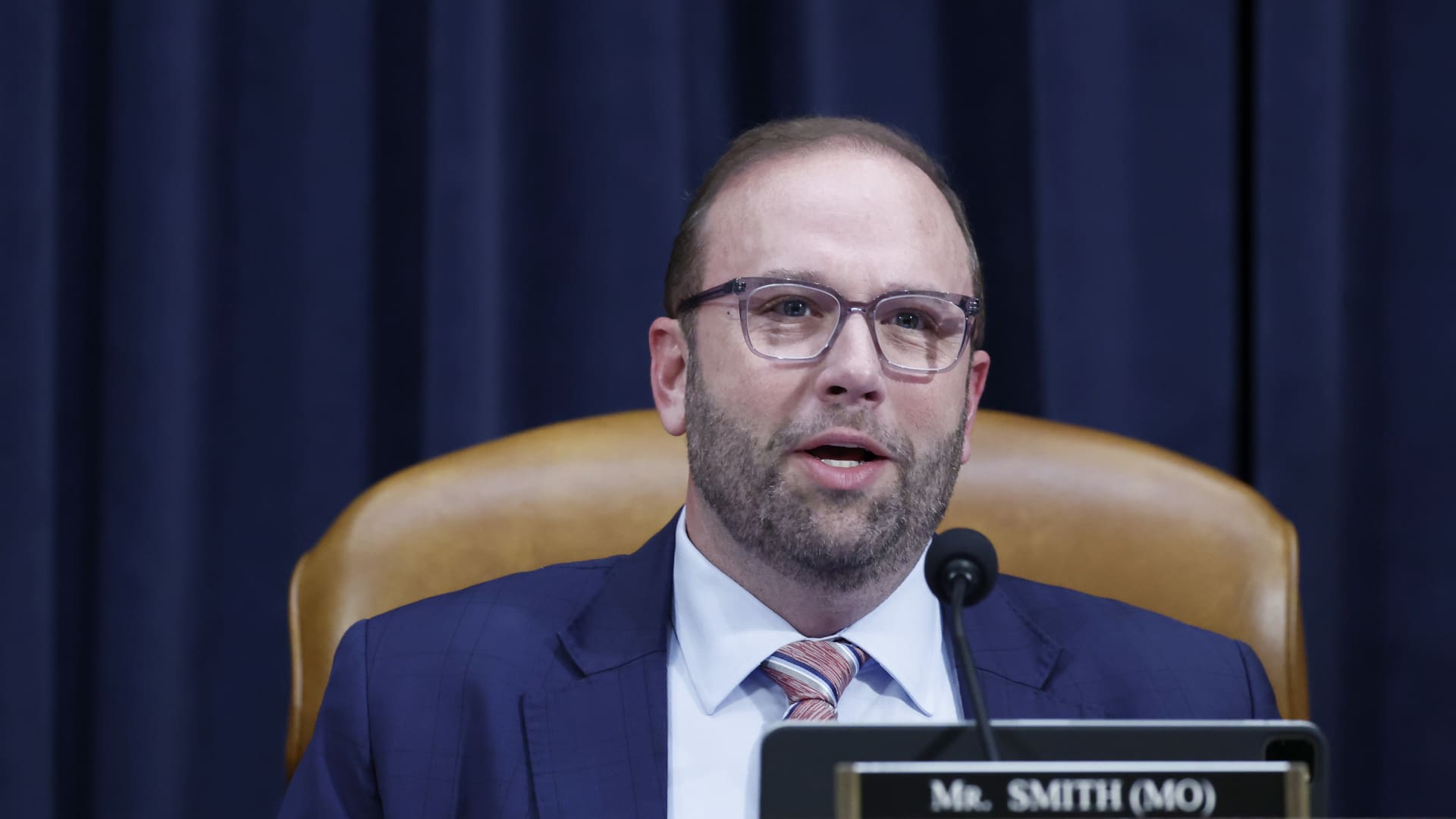The SALT Deduction Cap Debate
The state and local tax (SALT) deduction cap has emerged as a critical issue in the ongoing tax policy debates, affecting both taxpayers and lawmakers. The House GOP tax bill’s proposal to raise the SALT deduction cap to $30,000 for most taxpayers has ignited a mix of support and criticism, underscoring the complex interplay between tax policy, politics, and economics.
The Proposed Changes
The House Ways and Means Committee has put forth a proposal to increase the cap on state and local tax deductions to $30,000, but this hike would be limited to individuals earning under $400,000. For those earning up to $200,000, the cap would be set at $15,000. This proposal is designed to alleviate the tax burden on residents of high-cost-of-living areas, where state and local taxes can be particularly onerous. However, the varying caps based on income levels have led to a nuanced discussion about fairness and effectiveness.
The Benefits
The proposed increase in the SALT deduction cap could offer substantial benefits to taxpayers in states with high state and local taxes. In high-cost-of-living areas, individuals and married couples would see a reduction in their federal tax liability. By allowing a higher deduction for state and local taxes, taxpayers would be able to lower their federal taxable income, potentially resulting in significant savings. This relief would be particularly beneficial for middle and upper-income taxpayers, who often face the highest state and local tax burdens.
The Opposition
Despite the potential advantages, the proposed $30,000 cap has encountered considerable resistance, especially from Republican lawmakers in high-tax states. Key New York House Republicans have dismissed the proposal as “insulting” and inadequate for addressing the needs of their constituents. They advocate for a higher cap, suggesting figures between $75,000 and $100,000, to provide meaningful relief to taxpayers in their districts. This opposition highlights the tension between the desire for tax relief and the practical limitations of federal tax policy.
The Political Implications
The SALT deduction cap debate carries significant political weight. Republican lawmakers from high-tax states are advocating for a higher cap, arguing that it is crucial for preserving the tax cuts and maintaining voter support. However, this push has created internal tensions within the GOP, as lawmakers from lower-tax states are wary of supporting a higher cap due to concerns about federal revenue. This political tug-of-war reflects the broader struggle within the party to balance regional interests and national fiscal responsibility.
The Economic Implications
The economic implications of the SALT deduction cap are profound. The current cap of $10,000, instituted in 2017 as part of the Tax Cuts and Jobs Act (TCJA), has been a contentious issue. Critics argue that it disproportionately affects taxpayers in high-tax states, limiting their ability to deduct state and local taxes from their federal taxable income. The proposed increase to $30,000 would offer some relief, but it remains uncertain whether this will be sufficient to address the concerns of affected taxpayers. The economic impact of the SALT deduction cap extends beyond individual taxpayers, influencing state and local government finances and economic policies.
The Path Forward
The future of the SALT deduction cap is uncertain, with the proposed increase to $30,000 still subject to negotiations between blue-state Republicans and GOP leadership. The outcome of these discussions will have far-reaching implications for taxpayers, lawmakers, and the broader economy. As negotiations continue, the resolution of this issue will be a critical test of the GOP’s ability to navigate the competing interests of its members and address the diverse needs of taxpayers across the country.
Conclusion: Shaping the Tax Landscape
The debate over the SALT deduction cap underscores the intricate relationship between tax policy, politics, and economics. While the proposed increase to $30,000 offers some relief to taxpayers in high-cost-of-living areas, it has also sparked significant opposition and raised questions about the future of the deduction. As lawmakers continue to negotiate, the resolution of this debate will shape the tax landscape for years to come, with far-reaching implications for taxpayers and the broader economy. The outcome will serve as a pivotal moment for the GOP, demonstrating its capacity to balance regional interests and national fiscal priorities.

